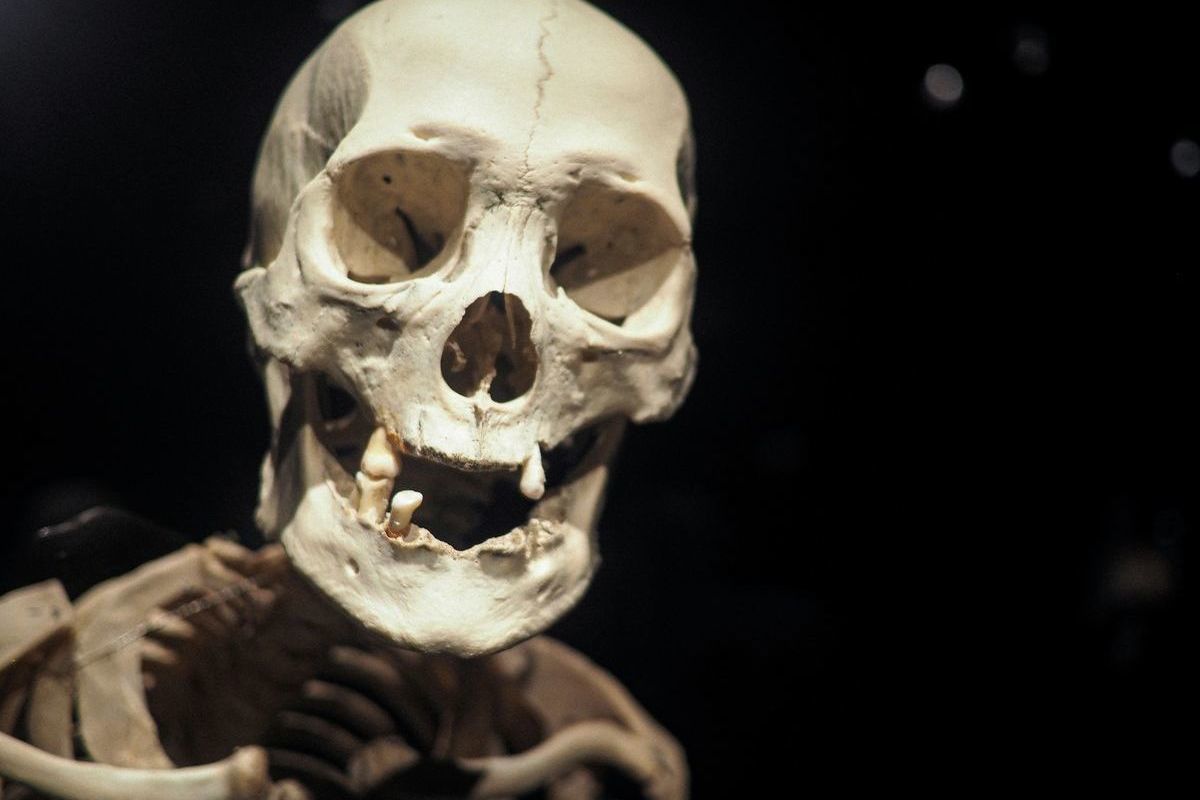A 20,000-year gap in human history has been closed: unexpected findings
[ad_1]

Scientists have closed a 20,000-year gap in human history by discovering the “centre” where the first people lived after emerging from Africa. Scientists have long known that Homo sapiens left Africa 70 thousand years ago. Our ancient ancestors then migrated throughout Eurasia 45 thousand years ago. This timeline left a gap of 20 thousand years.
Scientists claim to have filled a missing gap in human history by discovering where Homo sapiens, who emerged from Africa, spent 20,000 years before settling in Eurasia.
According to the Daily Mail, it has long been known that our ancient ancestors left the continent around 70,000 years ago and spread across Asia and Europe 45,000 years ago, but where they spent their time in between has long remained a mystery.
A team of international researchers found that about a thousand of these travelers lived in an area spanning the Middle East known as the Persian Highlands.
This was done using ancient DNA, modern gene pools and paleoecological data suggesting that the region would have provided ideal habitat before they continued to spread into Asia and Europe.
Luca Pagani from the University of Padua in Italy, senior author of the study, said: “Our results provide the first complete picture of the location of the ancestors of all modern non-Africans during the early stages of colonization of Eurasia.”
The team analyzed ancient genomes from Western and Central Eurasia and China, finding that the ancestors of modern Eurasians emerged from the center 45,000 years ago and colonized much of Eurasia and Oceania.
Models were then created to look back in time at the landscape and climate of the Persian Highlands, showing that it was higher when Homo sapiens emerged.
This, according to researchers, gave our ancestors an advantage over the surrounding areas.
“In addition, the presence of a viable territory located on both sides of the Red Sea and extending across the Mediterranean Sea appears to offer suitable habitat,” the study, published in Nature, said.
According to the researchers, these people lived in small, mobile groups of hunter-gatherers. The center’s location offered a variety of ecological conditions, from forests to grasslands and savannas, fluctuating between dry and wet intervals over time.
According to study co-author Michael Petraglia of Australia’s Griffith University, there would be ample resources to support the hunting of wild gazelles, sheep and goats.
“Their diet would have consisted of edible plants and small to large game,” he continued.
Hunter-gatherer groups appear to have been seasonal, living in the lowlands during the cool months and in the highlands during the warmer months.’
The people who inhabited this “hub” at that time may have had dark skin and dark hair.
“Rock art appeared at the same time as people left the hub. So these cultural achievements may have been created while they were in the center,” Pagani said.
However, no fossilized remains of Homo sapiens have been found on the Persian plateau, but they have been found in Arabia and the Levant – this group could be direct descendants of the hub people, the study claims.
Homo sapiens was not the first human species to live outside of Africa, including the area surrounding the hub. Ancient interbreeding of our species left a small Neanderthal trace in the DNA of modern non-Africans.
“Neanderthals lived in this area before the appearance of Homo sapiens, so the center could well be the place where this interaction took place,” Vallini emphasizes.
[ad_2]
Source link








